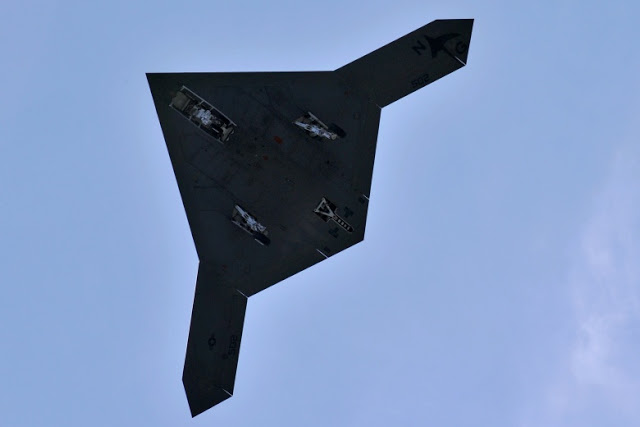Adversaries are increasingly deploying integrated and networked capabilities as part of the Anti-Access/Area Denial (A2/AD) strategy in highly contested environments. To achieve air superiority against this strategy in support of joint force mission objectives, the US Air Force needs to develop a family of capabilities that operate in and across the air, space and cyberspace domains – there is no single capability that provides a “silver bullet” solution. This family must include both stand-off and stand-in forces, integrated and networked to achieve mission effects.
The speed of capability development and fielding will be critical to retain the U.S. advantage in the air. As the pace of technological advancements continue to increase the Air Force must leverage experimentation and prototyping to more rapidly infuse advanced technologies into the force. Additionally, the Air Force must reject thinking focused on “next generation” platforms. Such focus often creates a desire to push technology limits within the confines of a formal program. Such efforts should be accomplished within the S and T portfolio and proven through effective prototyping, harvesting when mature to a sufficient level for transition. Pushing those limits in a formal program increases risk to unacceptable levels, resulting in cost growth and schedule slips. This put such programs at risk of cancellation due to their nearly inevitable underperformance, and results in delivery of capabilities “late to need” by years or even decades.
One key capability is Penetrating Counterair (PCA).
Capability development efforts for PCA will focus on maximizing tradeoffs between range, payload, survivability, lethality, affordability, and supportability. While PCA capability will certainly have a role in targeting and engaging, it also has a significant role as a node in the network, providing data from its penetrating sensors to enable employment using either stand-off or stand-in weapons. As part of this effort, the Air Force should proceed with a formal AoA in 2017 for a PCA capability. Consistent with an agile acquisition mindset designed to deliver the right capability on the required timeline, this AoA will include options to leverage rapid development and prototyping in order to keep ahead of the threat.
Currently the F-22 and the B-2 bomber provide deep penetration capability.
The U.S. military is developing a wide range of new munitions, including hypersonic rockets, lasers and microwave weapons. It’s possible to imagine that, around 2030, the Air Force will deploy teams of systems to do the same job the F-22 does today. A team could include a stealthy drone communicating with a distant B-1 arsenal plane hauling a load of hypersonic missiles.
The US could also restart F-22 production and double the number of F-22s.
SOURCES- US Air Force, War is Boring

Brian Wang is a Futurist Thought Leader and a popular Science blogger with 1 million readers per month. His blog Nextbigfuture.com is ranked #1 Science News Blog. It covers many disruptive technology and trends including Space, Robotics, Artificial Intelligence, Medicine, Anti-aging Biotechnology, and Nanotechnology.
Known for identifying cutting edge technologies, he is currently a Co-Founder of a startup and fundraiser for high potential early-stage companies. He is the Head of Research for Allocations for deep technology investments and an Angel Investor at Space Angels.
A frequent speaker at corporations, he has been a TEDx speaker, a Singularity University speaker and guest at numerous interviews for radio and podcasts. He is open to public speaking and advising engagements.


